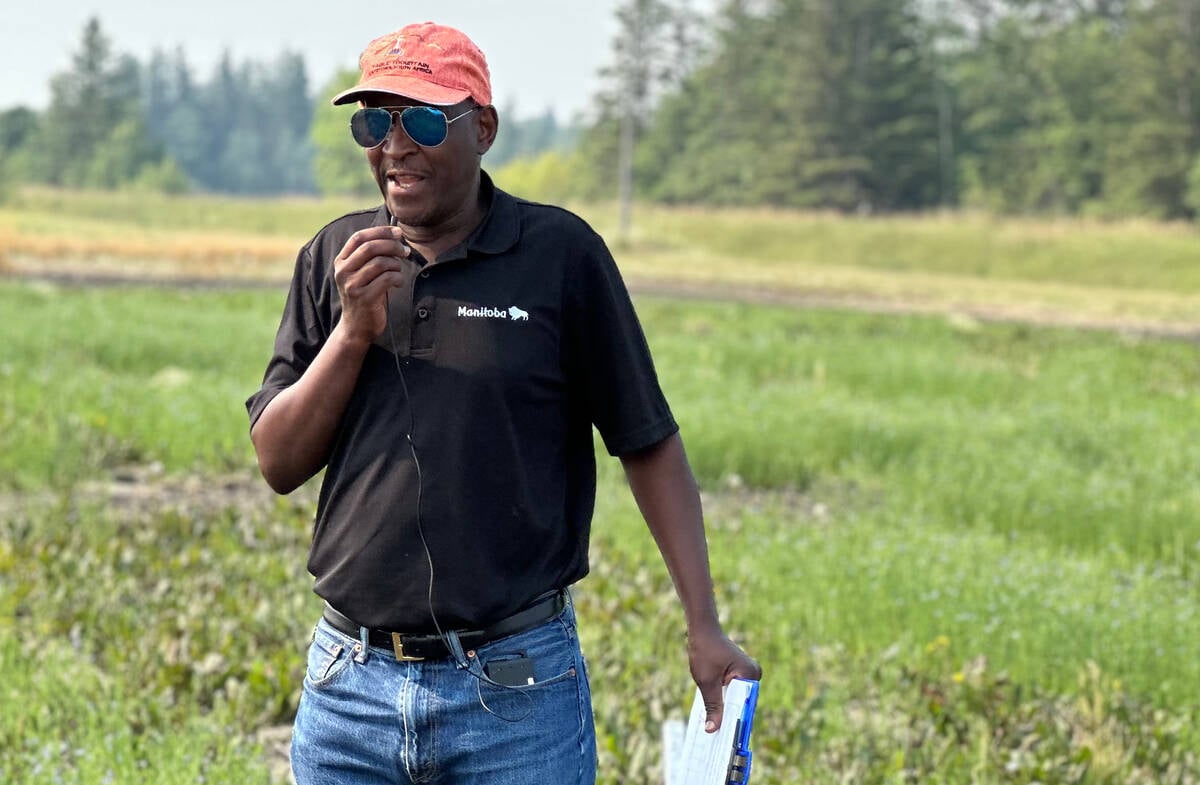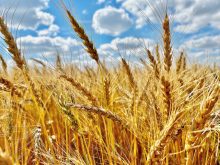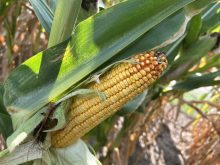Seed companies are working on mechanical innovations to keep up with the speed of genetic technology change.
Millions of data points are created by genome-level analysis. That data is then parsed by computers that often use artificial intelligence. The limit is now the physical world and the race is on to automate information collection in the field.
Why it matters: Changes in pests and the environment require faster development of seed varieties and hybrids.
Read Also

How much nitrogen can farmers really cut?
Manitoba fertilizer trials look for nitrification inhibitor sweet spot, to lower greenhouse gas emissions and cost without hurting yield.
Syngenta has an engineering and automation research group that works to solve those in-field barriers.
At the company’s Malta, Ill., research facility, frosted glass keeps the automation group’s work secret, but Judd Maxwell, Syngenta’s head of North American Corn Product Placement, says the company is solving some of the technical problems involved in moving data quicker.
Planting many different lines of plants in a field used to involve people sitting on a planter, keeping track of samples and feeding them into a planting system. Now, automation using bar codes and precise planting technology allow research plots to be planted with fewer people.
The group uses 3D printing to test concepts. During a recent tour of the research facility, Maxwell showed a 3D printed concept of the Stock Crusher, a combine header add-on that tests the strength of stalks, which is important to evaluate standability.
A mix of sensors and a mechanical part pulls the stalk in and crushes it, dramatically reducing the amount of work involved in measuring stalk strength.
“So at every stalk, we’re actually able to measure kind of the rind strength of that stock, and that really can help us focus in on which hybrids have stronger stalk strength for us,” says Maxwell.
Previously, people would go into fields after plots had rotted or stalks had lodged, record data and do counts.
“We would see that data, and we’d only get that very sporadically, and it cost us a lot, because we’d have to take armies of people out there to collect all that data.”
The Malta site is closer to the farmer end of research for the company, says Tim Kelliher, head of crop trait and technology discovery for field crops at Syngenta Seeds.
Kelliher works at the Syngenta Seeds Research and Development Centre of Excellence near Raleigh-Durham in North Carolina, where 500 people work on advanced seed research. The company has a similar site in China. Syngenta is owned by ChemChina.
Kelliher often has to communicate with colleagues in China in the off-hours in the United States.
“It’s really fantastic to be able to have that kind of 24 hours of innovation, and to have a tremendous talent base, both in China and in the U.S.”
Kelliher works in discovery research. He says discovery to planting in a farmer’s field can take 10 to 15 years.
“You can think of it as a broadening, an opening funnel, because we have to, once we discover something that’s really good, we’ve got to be able to deploy that or bring it to all of the different varieties.”
Maxwell’s job is to funnel the potentially millions of genetic options to individual soybean varieties and corn hybrids that sell. That’s the type of work done at the Malta research facility, using new technology to make genetic selection quicker and more accurate.
“The interface between these groups and the speed and precision at which we can discover something new and deploy it into those varieties that we’re focusing on is, actually, is one of the biggest challenges in the industry,” says Kelliher.















